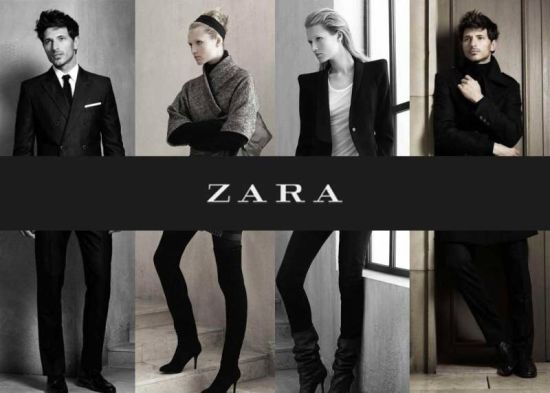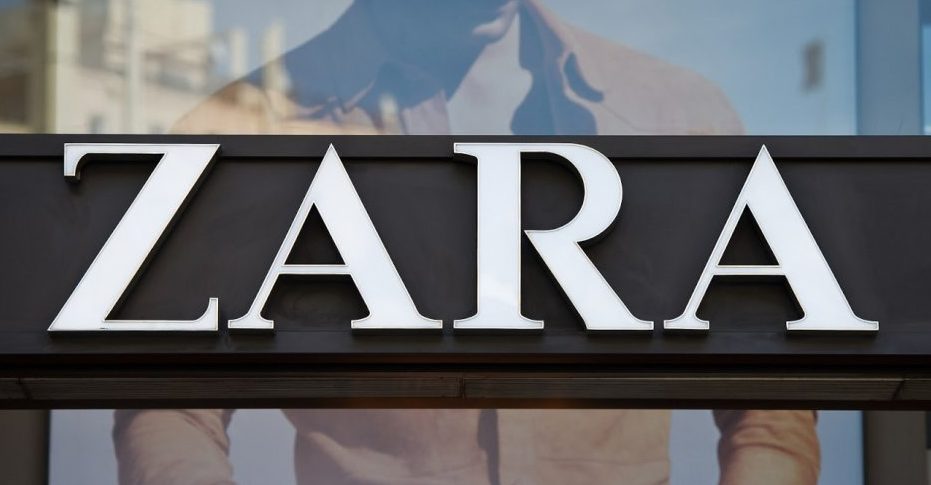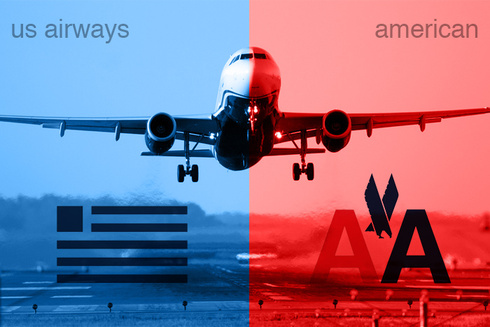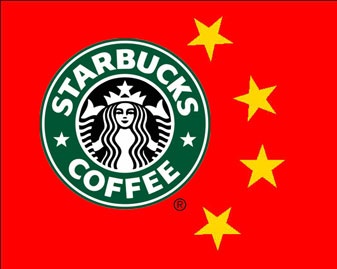Zara is one of the most well known brands in the world and is also one of the largest international fashion companies. They are the third largest brand in the garment industry and are a unit of Inditex. It their flagship range of chain stores and are headquartered in Spain. Zara opened its first outlet in Spain in 1975. The headquarters of the company is based in Galicia. There are more than 2600 stores across 73 countries in the world. The Zara clothing line accounts for a huge bulk of its parent group’s revenues. There are other clothing brands owned by Inditex such as Kiddy ´s Class (children’s fashion), Pull and Bear (youth casual clothes), Massimo Dutti (quality and conventional fashion), Bershka (avant-garde clothing), Stradivarius (trendy garments for young woman), Oysho (undergarment chain) and Zara Home (household textiles). Inditex owns all Zara outlets except for places where they are not Continue reading
Business Analysis Case
Zara’s Lean Operation: Source of Competitive Advantage
Fashion giant, Zara, forms part of the retail group ‘Grupo Inditex’ which is one of the “largest, fastest growing and successful” clothing retailers across Europe. Grupo Inditex is formulated by an amalgamation of major high street names from across Europe, including Zara, Pull and Bear and Bershka, in total boasting 3,825 stores across 68 countries.Zara’s success story begins by offering a product range capable of catering for men, women and children, providing affordable and stylish clothes whatever the season. Coupled with this, is their keen eye for discovering new fashion trends and translating these trends from the catwalk to the high street, both quickly and affordably. Zara boasts a marketing strategy of firstly product variety with a focal point of ensuring speed to market. At present, Zara launch 10,000 new articles per year across their portfolio of stores. Finally, store location, as any marketing is left to store location rather Continue reading
Case Study: Merger Between US Airways and American Airlines
On December 9th, 2013 the two airlines, US Airways and American Airlines merged to form the American Airline Group that turn out to be the major airline in the world. This merger was structured by the enlarged competition that airlines are countenancing in the business at present. The merger offered a prospect for both airlines to make use of the benefits of an extensive network that would effect subsequent to merging as countered to when each one operates separately. One of the foremost circumstances that encircled the merger was the imminent insolvency of American Airlines. The company in 2011 had filed for bankruptcy even though it relapsed to profitability the same year in July. The merger would enhance admission to opportunities of business for both airlines, particularly American Airlines that would decrease its coverage to financial risks, which were the preliminary grounds for the corporation filing for bankruptcy. The merger Continue reading
Case Study: Kraft’s Takeover of Cadbury
Cadbury’s origins date back to almost two centuries when it was founded by John Cadbury who started the business by selling cocoa and tea in Birmingham, UK. Later he expanded by starting a line of beverages after a merger with Indian Schweppes changing the company name to Cadbury Schweppes. Successful product developments and launches have enabled Cadbury to boast of an extensive confectionery line consisting of Cocoa Essence, Easter Eggs, Milk Chocolate, Cadbury Fingers, Dairy Milk, Bourneville Chocolate, Milk Tray, Flake Creme Egg, Crunchie, Picnic, Curly windy, Wispa boost, Twirl and Time Out. Kraft, on the other hand, is a US company about a century old, which started off as a door to door cheese business but expanded into other confectionery items through many takeovers previously such as Ritz Crackers, Nabisco (Oreos) and Phenix Cheese Corporation (Philadelphia Cheese) to achieve success. It is second in terms of sales and popularity Continue reading
Case Study: Corporate Social Responsibility of Starbucks
Starbucks is the world’s largest and most popular coffee company. Since the beginning, this premier cafe aimed to deliver the world’s finest fresh-roasted coffee. Today the company dominates the industry and has created a brand that is tantamount with loyalty, integrity and proven longevity. Starbucks is not just a name, but a culture. It is obvious that Starbucks and their CEO Howard Shultz are aware of the importance of corporate social responsibility. Every company has problems they can work on and improve in and so does Starbucks. As of recent, Starbucks has done a great job showing their employees how important they are to the company. Along with committing to every employee, they have gone to great lengths to improve the environment for everyone. Ethical and unethical behavior is always a hot topic for the media, and Starbucks has to be careful with the decisions they make and how they Continue reading
Case Study on Marketing Strategy: Starbucks Entry to China
Starbucks is one of the largest coffee chains in the World. The company has a unique style and atmosphere in their coffee houses. We chose China because it is the world’s most populous country with over 1.3 billion people live there and second-largest country by land area. After 1978, the country’s economy were underwent dramatic changes which involved such relief as permission for entrepreneurs to start up their own business and opening the country for foreign investment. It is obviously that Starbucks managers decided to take advantage of such opportunity to expand their business into new region. To evaluate Chinese market the company used several steps of analyses. Who might be interested in buying coffee in China? To introduce the Starbucks brand the company begun to distribute coffee for free to guests in several Beijing’s hotels in 1994. This initiative indicated that there was a strong demand for their products, Continue reading





